PAINTINGS
TANJORE PAINTINGS
last updated Mar 2011
Paintings by Sumathi, sumarts.biz
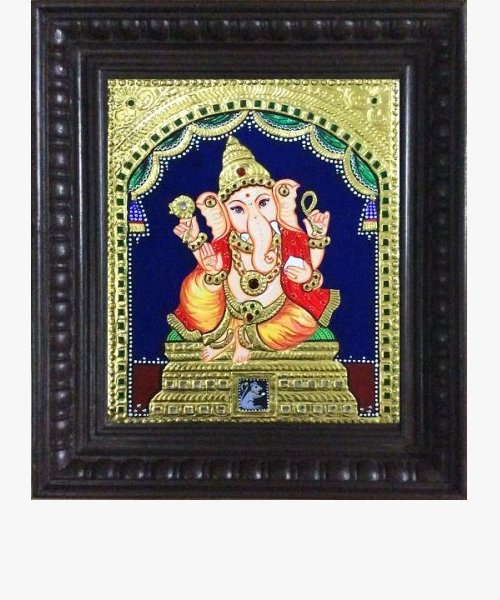
Tanjore painting by Sumathi
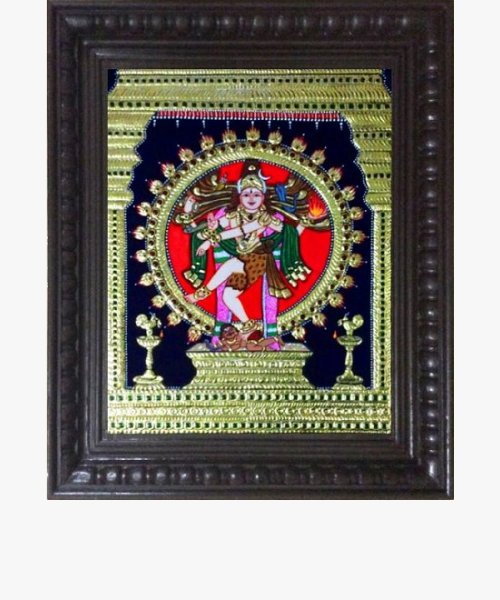
Tanjore painting by Sumathi
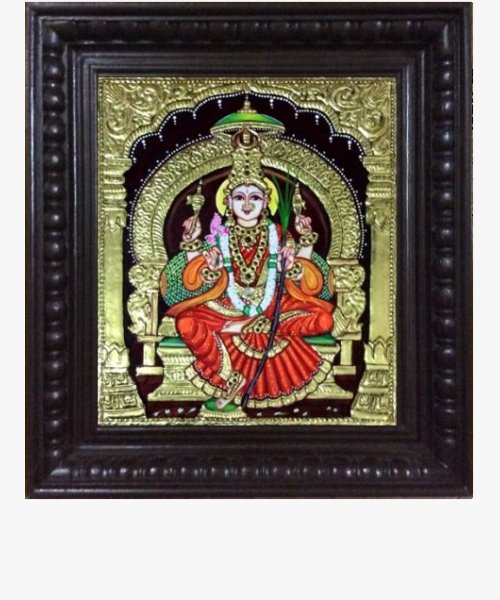
Tanjore painting by Sumathi
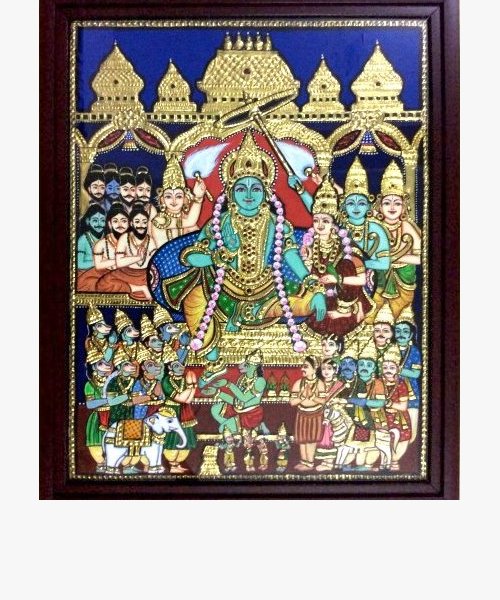
Tanjore painting by Sumathi
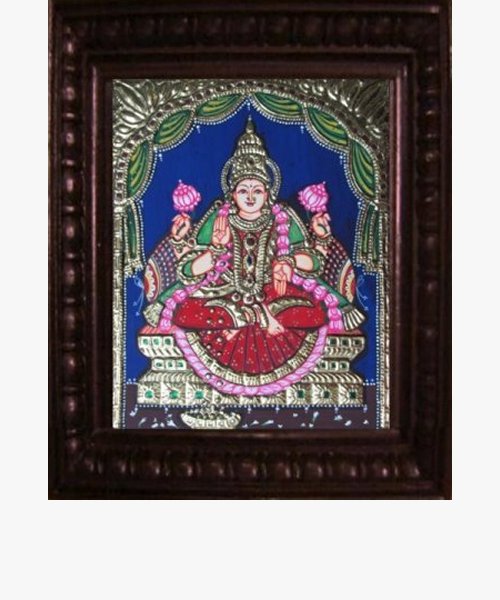
Tanjore painting by Sumathi
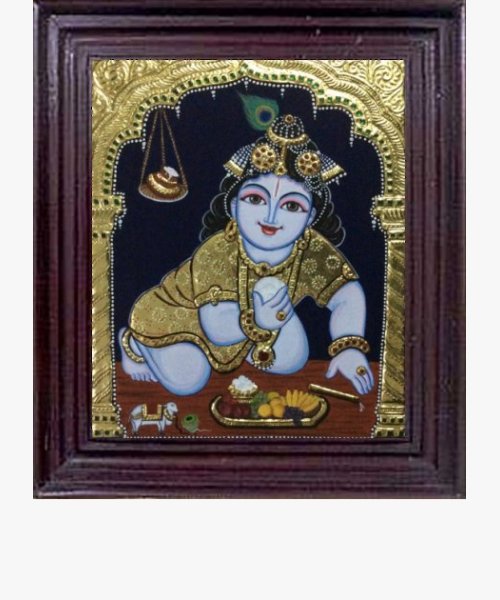
Tanjore painting by Sumathi
If ever Art has ardently wooed Beauty, nowhere is it more evident than
in the paintings of Thanjavur. Every creation is truly a celebration of
the beautiful. Rich, full bodied colours vie with exquisite filigree
work to overwhelm the eye. The themes are figures of God, Krishna being
the most frequently reproduced , but in various poses and depicting
various stages of his life. Other Gods are depicted too. Today people
are experimenting with birds, animals, building structures, etc.,
Thanjavur, located in the rich delta of the river Cauvery between
Tiruchirapalli and Kumbakonam had been the centre of economical and
cultural activities under the Nayaks of Vijayanagar dynasty, Sultan of
Bijapur and lastly by Maratha rulers. Though Thanjavur was not the
birth place of this art, this style of paintings developed here during
the 18th century under Maratha rulers. As people and artists migrated
to Tanjore from Mysore, Andhra, Bijapur, Maharashtra and Gujarat, the
theme and style came to be largely influenced by various schools of
arts and religious requirements, also coming under some Western and
Chinese influence.
Seasoned wooden planks were joined on which paper or a piece of cloth
was fixed by using tamarind seed paste. Locally available stone powder
and unboiled lime powder were used to prepare the surface. Outline was
drawn by tracing the original hand drawn figures. Semi-precious and
precious stones, cut glasses etc., were placed to make the jewels for
the figure. Apart from giving artificial gold colouring, gold and
silver leaves were used to colour the costumes and jewellery and other
decorative areas.
The pigments were prepared using locally available natural materials.
The artists favoured bright luminous colours as the paintings were
originally meant to be kept in poorly lighted rooms, temples, mutts and
homes for worshipping. Tanjore style paintings are also drawn on glass
by using different techniques. The characteristics of the Tanjore
paintings are its brilliant colour scheme, decorative jewellery with
stones and cut-glasses and its chubby larger-than-life figures.
Text information from a calendar
Creating a tanjavur painting - Step by step instructions
Indian Heritage Pinterest collection of How to do Tanjore Paintings
Indian Heritage Pinterest collection of Tanjore Paintings
|